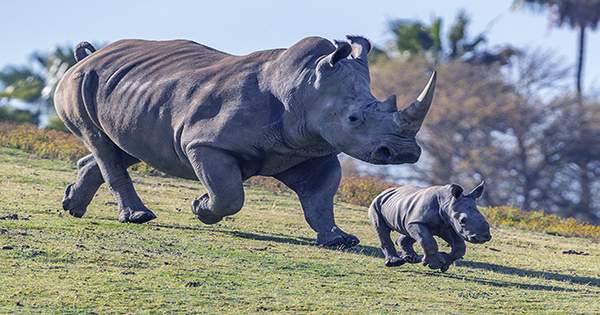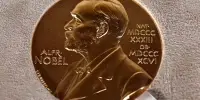Effective embryos from northern white rhinos will soon be transplanted into surrogates using in vitro fertilization, an exciting development to save the species from extinction. The plight of the world’s latest northern white rhino is well known. The last male Sudan, who died in March 2018, left mother and daughter Najin and Fatu as the only world members of their species. An audacious plan was devised to save the rhinos from extinction by collecting eggs from two females and using frozen sperm from artificially dead males to create white rhino embryos in the north.
It successfully created two viable northern white rhino embryos in August 2019, followed by a third in 2019. Now, an international team at the Zoo and Wildlife Research Institute (Lebanese-IZW), Safari Park Dvůr Králové, Kenya Wildlife Service, and Ol Pejeta Conservation – have announced that they have successfully created two more efficient embryos. The number of purebred northern rhinoceros embryos is up to five. This means the next step is trying to find the appropriate Southern White Rhino Sergeants and will carry it out in time.
This is a hugely exciting step in the plan to save the rhino from extinction. The northern white rhinoceros is a subspecies of the white rhinoceros (the other is the white rhinoceros in the south) and was once found throughout several East and Central African countries. Many years of extensive hunting and civil war in their home range have destroyed their population and they are now considered virtually extinct.
Najin and Fatu belong to the Czech Republic’s Safari park Dvůr Králové but are housed in Kenya’s Ol Pejeta Conservancy, where they are two of the world’s best-kept animals.
The first three usable embryos were created in 1999 from oocytes from Najin and Fatu by collecting immature egg cells and artificially creating their uterus using frozen sperm from the last two males: Suni, who died in 2014, and Sudan. Plans to collect more oases had to be put in place last year due to the epidemic. However, in mid-December 2020, another ossification was collected. These cells were instantly mixed with sunny semen from Kenya to the Avantea Laboratory in Italy, and they were stored cryopreserved on the eve of Christmas as they reached maturity and efficiency. Now, five effective embryos are stored in liquid nitrogen and ready for use for in vitro fertilization (outside the body), the next step – preparations are already underway to transfer the embryos to the southern white rhinos.
Owen, a white rhinoceros from the south, moved from Lewa Wildlife Conservancy in northern Kenya to the Ol Pejeta Conservancy in November 2020. Owen, the champion breeder, is proven to be a reliable indicator of their breeding cycle, as evidenced by the behavior of the All Ol Pejeta’s female southern white rhinoceros.
He has been sterilized though, to ensure the park doesn’t end up with a herd of southern white rhinos carrying little Iowans. Once the sterilization has been confirmed in March this year, Ouwan will be monitored to see if any potential female surrogates are ready to be artificially inseminated. If that happens, the next step in the plan will be implemented, and the world will wait with exhausted breath to follow its continuation of the story of whether it is possible to bring these animals back to the brink of extinction.
Kenya’s Tourism and Wildlife Minister Hon. Najib Balala said in a statement, “This is a big win for Kenya and its partners, as the northern white rhinoceros faces imminent extinction.” He said in another, “I am delighted that the world has the opportunity to use cutting edge and innovative technology to save this endangered wildlife species for offspring, and Kenya is participating in this critical conservation effort.” Balala added, “Remember, extinction is forever.” “Once we lose this species we will lose an iconic creature that will no longer be seen by future generations.”















